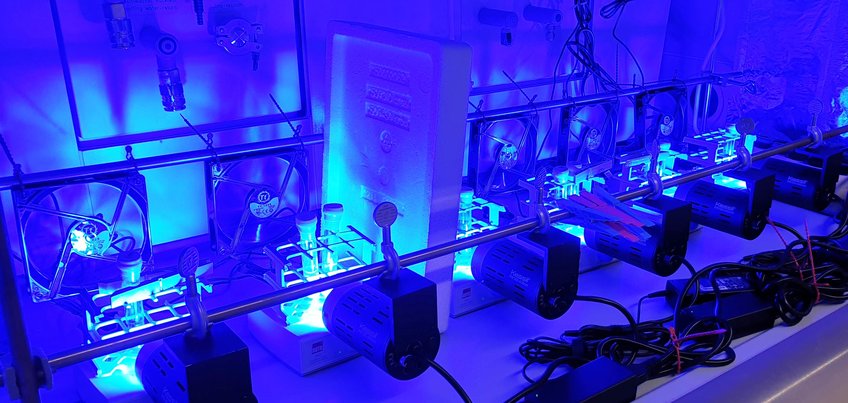
Research
The group develops sustainable catalytic transformations for selective functional group interconversions and coupling reactions with a strong focus on photocatalysis. Photocatalysts that can be excited by visible-light and subsequently initiate transformations via energy transfer (photosensitization) or single-electron oxidation/reduction (photoredox) enable the utilization of sunlight as traceless, benign energy source. To date, the vast majority of protocols for visible-light photocatalysis are carried out using expensive ruthenium or iridium polypyridyl complexes and require tedious separation and purification procedures in order to recycle the catalytically active material, if possible at all.
Heterogeneous semiconductors, such as graphitic carbon nitrides, are promising sustainable alternatives given their straightforward recycling strategies (e.g. filtration), high stability and ease of preparation. Semiconductors are mainly studied as photocatalysts for artificial photosynthesis (water splitting and CO2 fixation) and degradation of organic pollutants for waste water treatment but are rarely applied in organic synthesis. Our group aims to design dedicated heterogeneous semiconductors with tailored photochemical properties for scalable, efficient and selective catalytic transformations in batch and continuous flow formats.

